
By Mark McConville
THE STUNNING speed and remarkable skill of the pilots and planes that thread the eye of the needle at speeds of up to 500mph at just 100feet above the ground has been showcased in a new book.
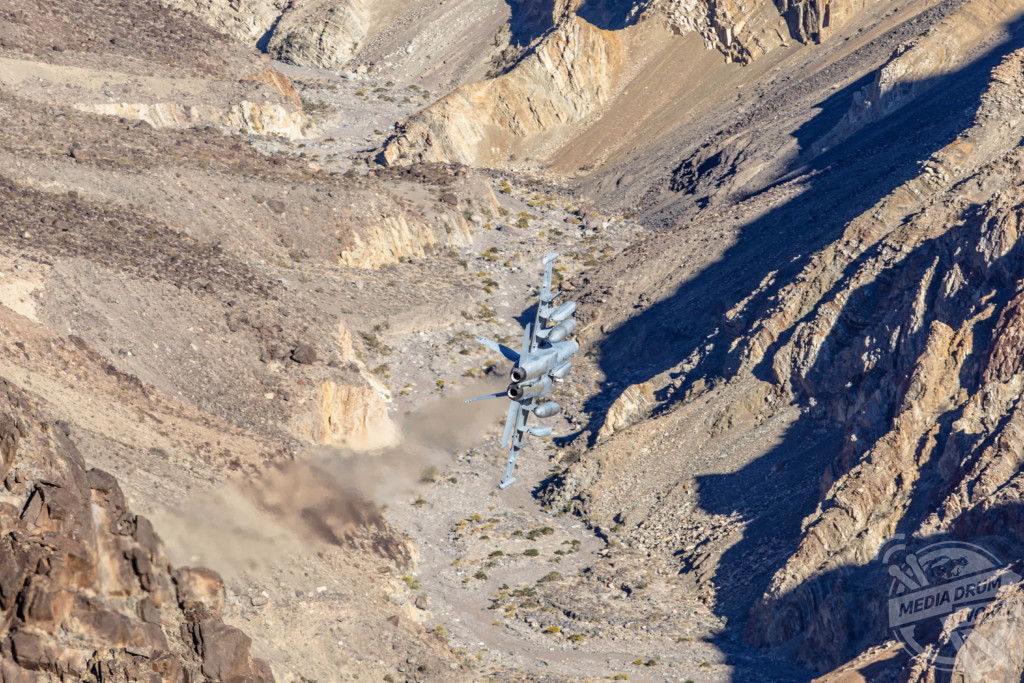
Philip Stevens / mediadrumimages.com
Incredible images show fighter jets zooming through narrow gaps, flying scarily close to land and rippling the water in the lakes as they power past.
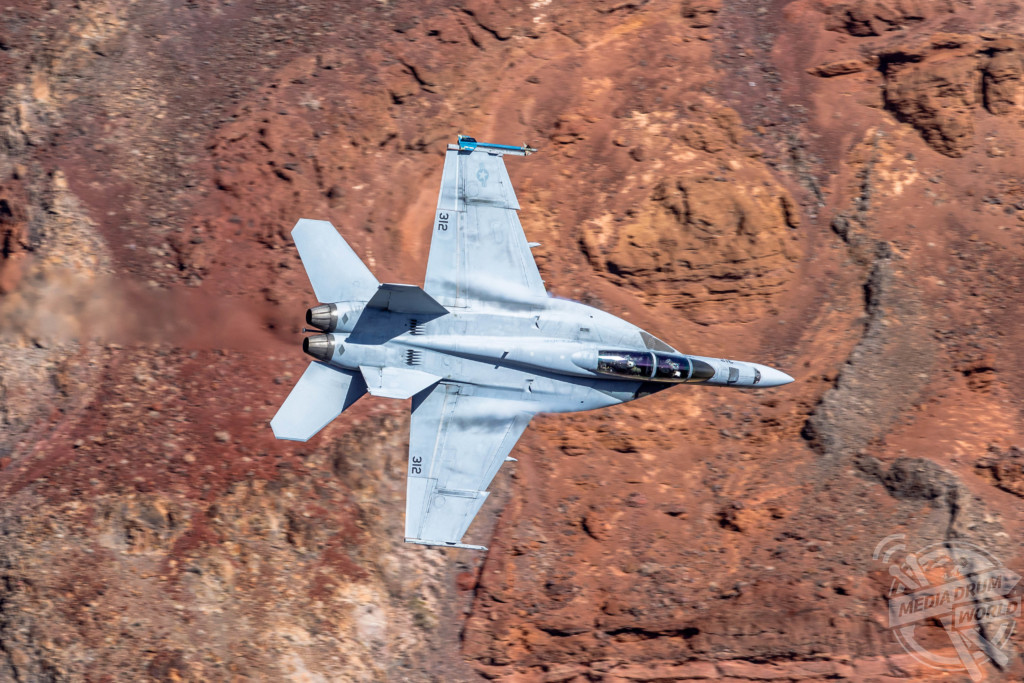
Virginia. VFA-106 is the East Coast Hornet Fleet Replacement Squadron VFA-106
often detaches twelve aircraft to NAS Fallon, California which explains why it was
photographed passing through Star Wars Canyon in Death Valley. The geology within
the canyon is spectacular with layers of lava flows of late Pliocene basalts which
overlie folded Paleozoic rocks giving a stunning backdrop.
Philip Stevens / mediadrumimages.com
Other striking shots show tow planes navigating past a huge wind turbine, skimming the surface of the sea and the view from the cockpit looking out at the world below.
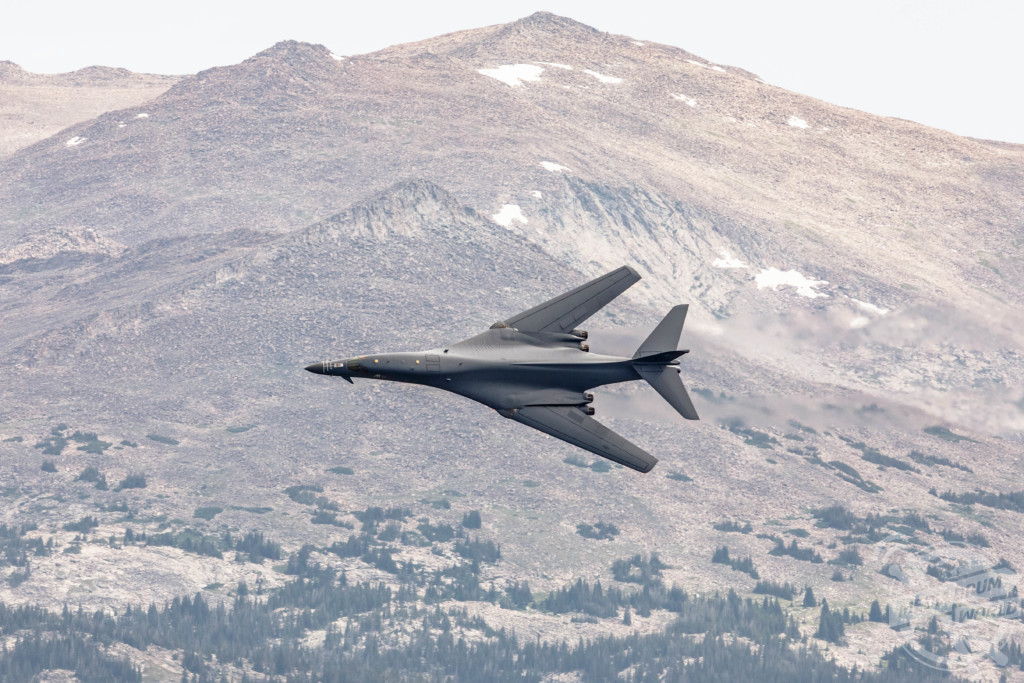
the Bighorn Mountain Range. This image was taken above Meadowlark Lake near the
High Park Ranger lookout just off Highway 16. Loaf Mountain is in the background.
Philip Stevens / mediadrumimages.com
The amazing low-level military flying has been showcased in photo-journalist Philip Stevens’ new book, Thunder Through The Valleys, published by Fonthill Media.
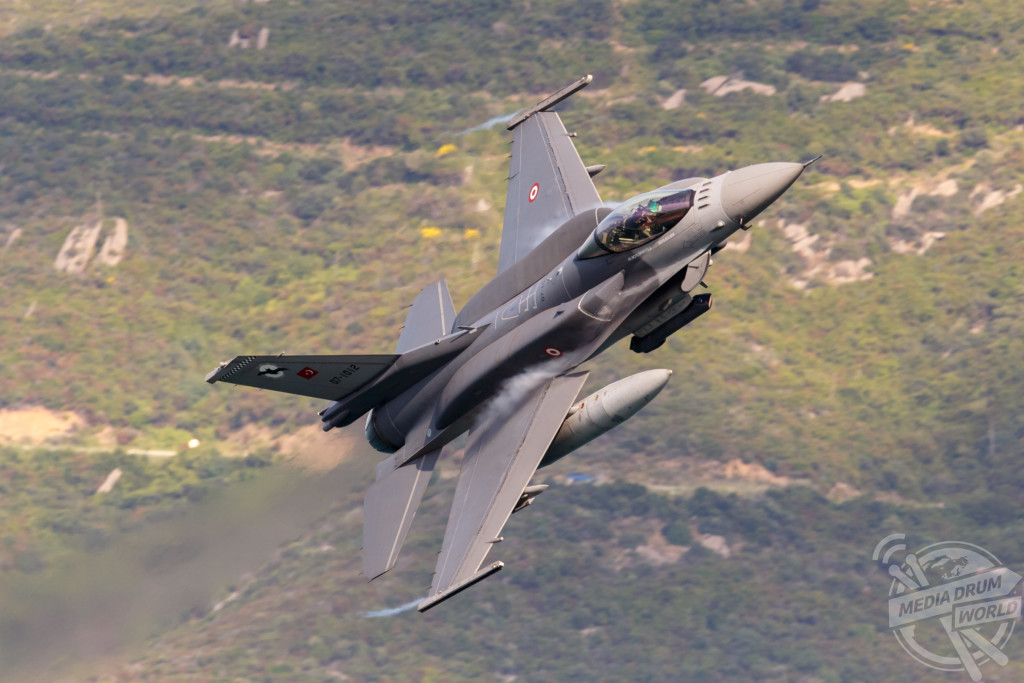
Philip Stevens / mediadrumimages.com
“In time of war it is still often necessary for pilots to fly very low using the terrain to evade enemy radar and make surprise attacks,” he writes in the book’s introduction.
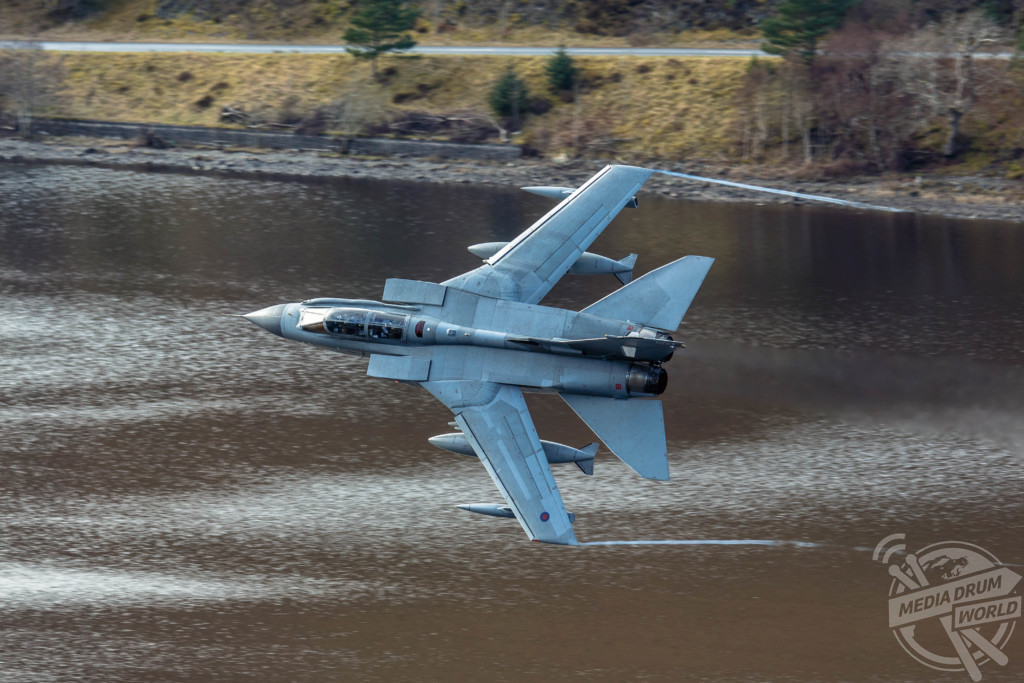
down to 100 feet AGL.
Philip Stevens / mediadrumimages.com
“Pilots are also required to provide close air support for ground forces, requiring them to use direct fire weapons rather than using stand-off precision guided munitions.
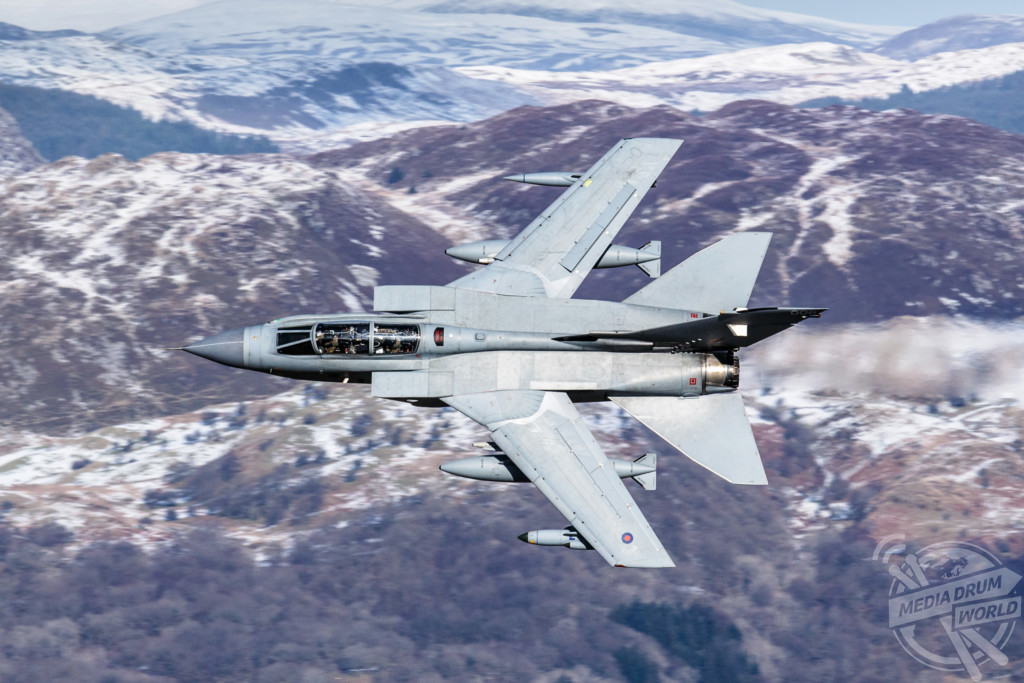
Panavia Tornado GR.4 is a multirole, twin-engine aircraft designed to penetrate enemy defences at low-level. It was jointly developed and
manufactured by Italy, the United Kingdom, and West Germany. Entering service in 1980 its combat debut was during the Gulf War in 1991. THE STUNNING speed and remarkable skill of the pilots and planes that thread the eye of the needle at speeds of up to 500mph at just 100feet above the ground has been showcased in a new book. Incredible images show fighter jets zooming through narrow gaps, flying scarily close to land and rippling the water in the lakes as they power past. Other striking shots show tow planes navigating past a huge wind turbine, skimming the surface of the sea and the view from the cockpit looking out at the world below. The amazing low-level military flying has been showcased in photo-journalist Philip Stevens’ new book, Thunder Through The Valleys, published by Fonthill Media. Philip Stevens / mediadrumimages.com
“Friendly forces on the ground can call in aircraft for a ‘show of force’ to deter a less sophisticated enemy. Pilots may be tasked to fly low to identify targets. Peace-support or peace-keeping operations and humanitarian relief may also necessitate low altitude sorties to be flown.

Panavia Tornado GR.4 is a multirole, twin-engine aircraft designed to penetrate enemy defences at low-level. It was jointly developed and
manufactured by Italy, the United Kingdom, and West Germany. Entering service in 1980 its combat debut was during the Gulf War in 1991.
Philip Stevens / mediadrumimages.com
“Many air forces have a programme for training their pilots to fly at low-level to fulfil their squadron’s mission. Tactical low flying is not an easy skill to acquire and retain. Pilots will gradually step down in height until they reach the lowest level required and then they must train frequently to retain their skills.
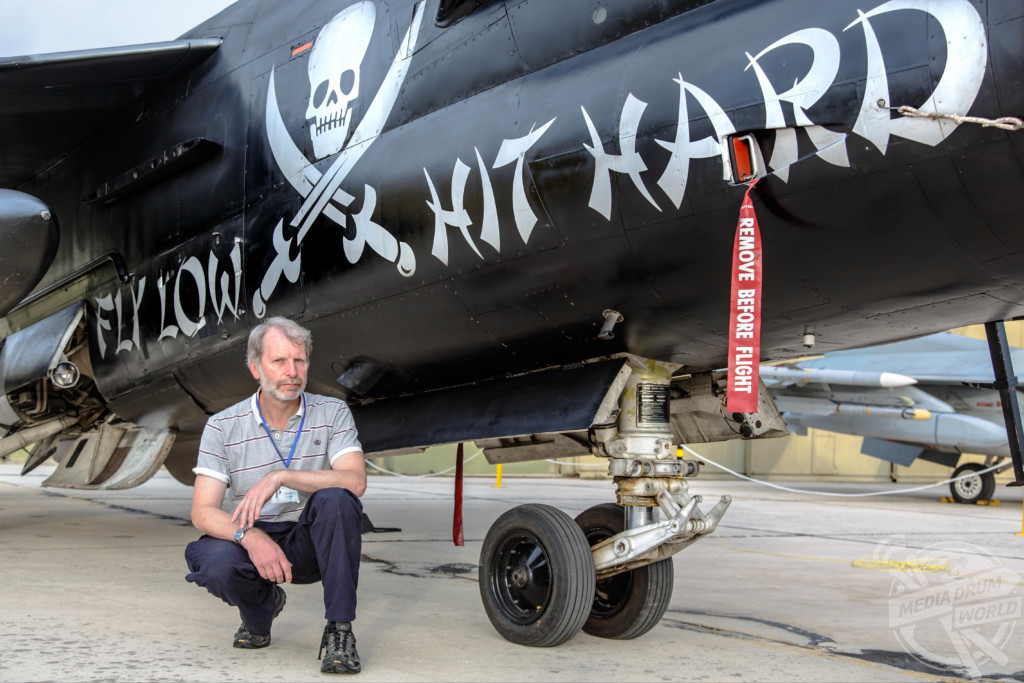
all black Olympos jet aptly inscribed, ‘Fly Low Hit Hard’ photographed on the day of
its retirement in October 2014 at Araxos, Greece.
Philip Stevens / mediadrumimages.com
“Any mistake made by a pilot flying at very fast speeds just a few hundred feet above the ground could be catastrophic. Apart from the risk of colliding with the terrain, which can be difficult to see due to poor weather or darkness, pilots are at risk from hitting birds, hang-gliders, masts, mechanical failure or other aircraft.”

Capt. Bäckström is acutely aware of the dangers when flying low in
Sweden, he has seen the numbers of masts and particularly wind
farms increase significantly in recent years. ‘The windmills pop-up
like mushrooms, they are painted white and you can’t see them when
there is low cloud or mist and the red lights are mounted on the top
and when we fly low we can’t see it!’
Philip Stevens / mediadrumimages.com
Stevens also explained it’s not just the low-level flying pilots who face a challenge but the photographer who aims to capture them in flight.
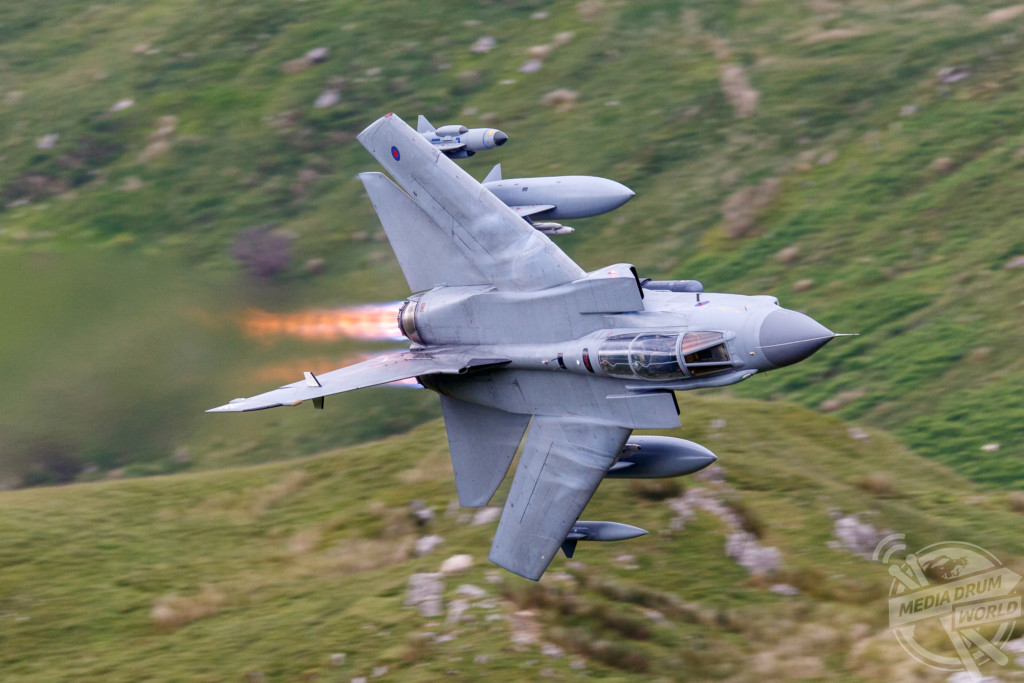
after-burners in combat mode. Using after-burners in the UKLFS is allowed only for
operational reasons. It appears that the combination of: fully swept wings, large fuel
tanks and extreme bank angle generating little lift would justify their use.
Philip Stevens / mediadrumimages.com
“Low flying photography is all about standing on a valley hillside and capturing a military aircraft flying at low-level at extreme speeds as the pilots fly past on a training sortie,” he said.
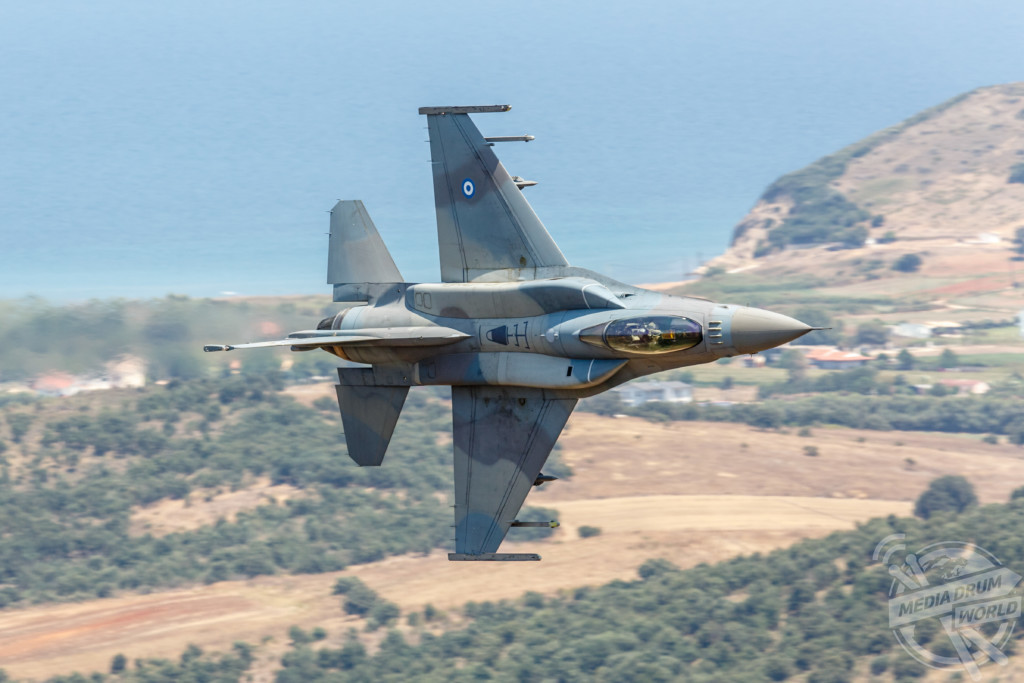
Pilots will pull up over the coast to reduce the risk of a bird strike.
Philip Stevens / mediadrumimages.com
“For the image to be acceptable the background must be the terrain and not the sky, a ‘sky shot’ is generally rejected by the low-level photographer.
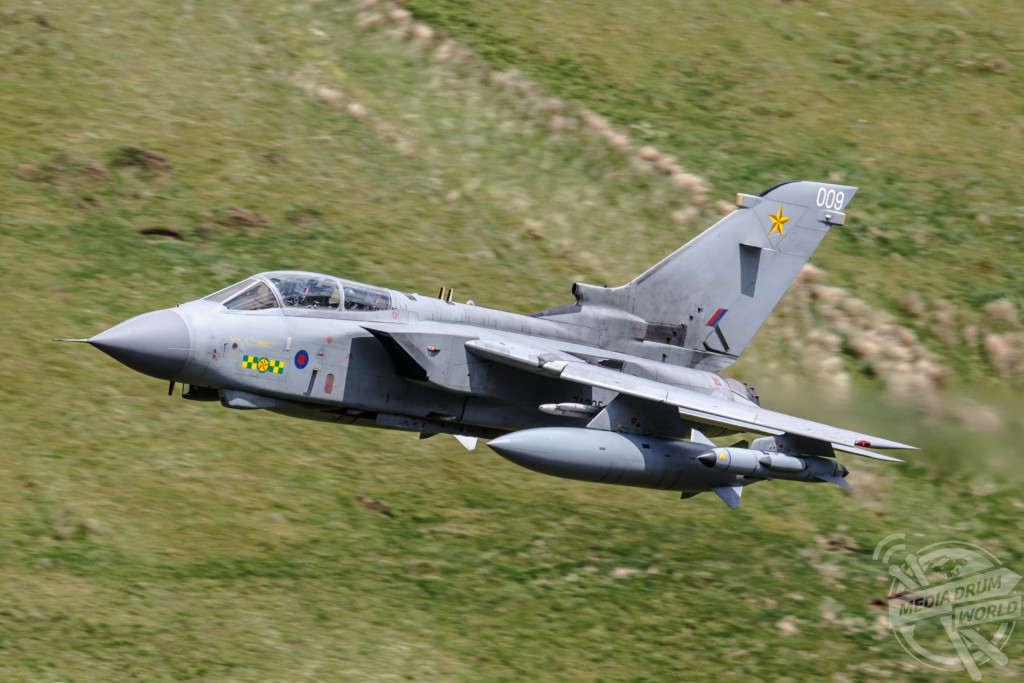
Philip Stevens / mediadrumimages.com
“Knowing where to go on the day requires experience combined with a good weather forecast. The time of the day, the season of the year, the weather (cloud or sun) all affect the image.
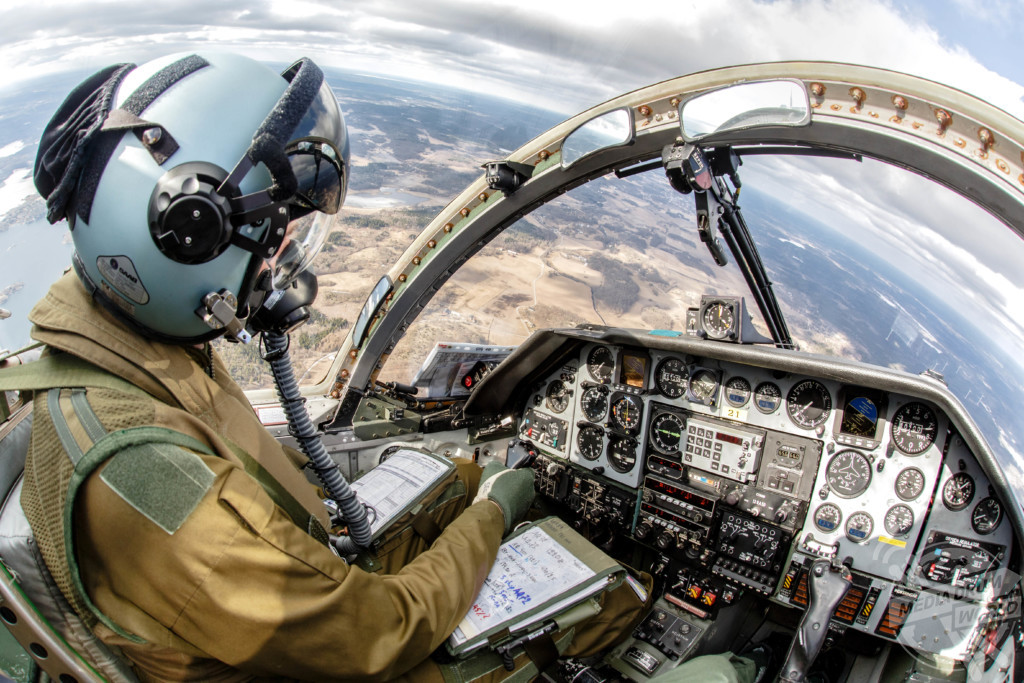
Philip Stevens / mediadrumimages.com
“In many ways the background is just as important if not more so than the subject aircraft. By travelling to different places, the backgrounds vary considerably from; fields, to trees, rocks, lakes, rivers, canyons and deserts.
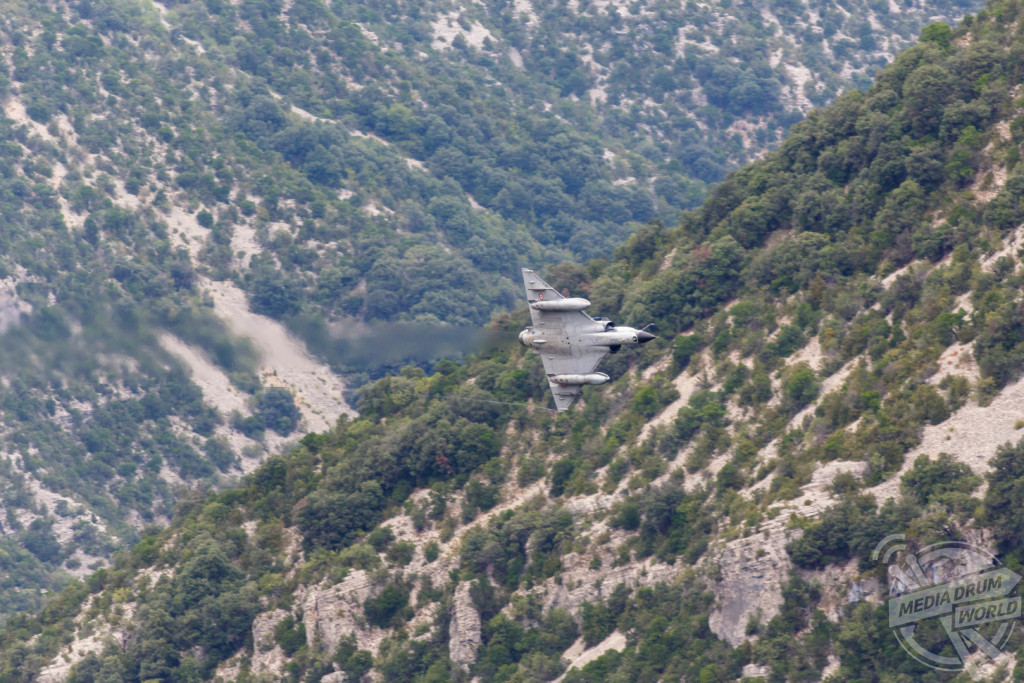
gorge in the Occitanie region of the southern Massif Central.
Philip Stevens / mediadrumimages.com
“The hillside location within a valley often dictates the angle of the aircraft relative to the camera. This is important if you are to get varied shots of the aircraft, from side on, to undersides, to profile shots or flying towards you or away from you.”
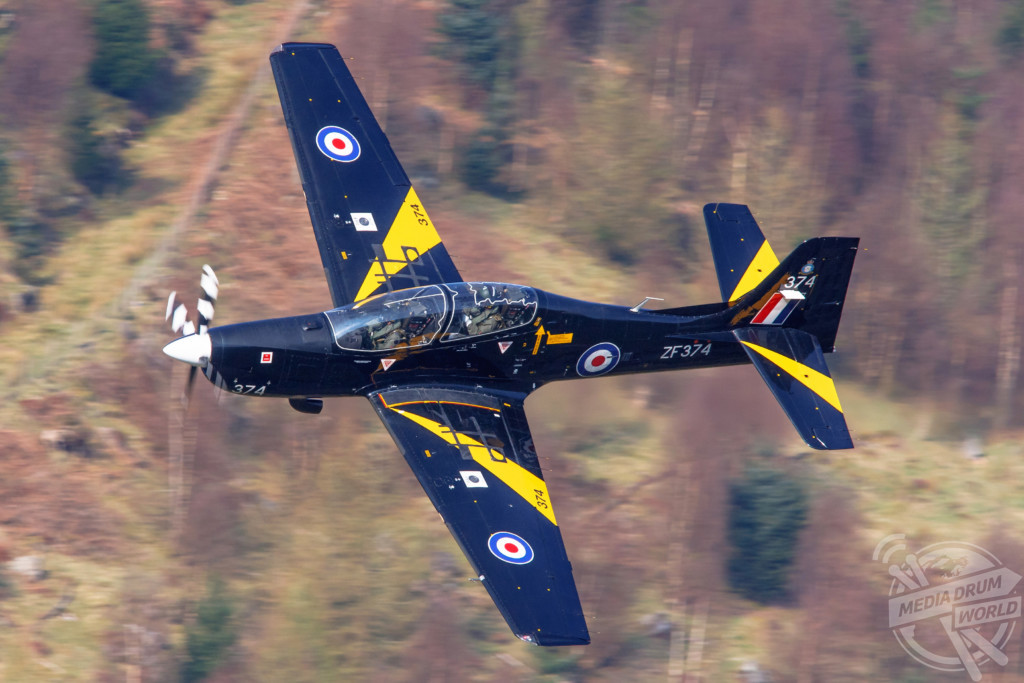
performance as early mark Spitfires.
Philip Stevens / mediadrumimages.com






